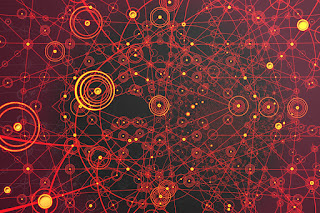
In the near future, many jobs that are accomplished today by humans will be done by sensors, software, and machines. These include jobs where responsibilities involve inspections, measuring, monitoring, tracking, adjusting, analyzing, moving things and tactical decision-making. Many of these jobs are tedious or dangerous and having machines take over will be a positive development. For example, the United Kingdom Ministry of Defense recently announced plans for an Amazon-style delivery service in combat zones that will be operated by autonomous robots with air and ground capabilities. Future Force Development leader Maj. Matt McGarvey-Miles shared that, "Robotic and autonomous system capabilities will play an increasing role in delivering “deployed sustainment” [supplies to troops] in the near-future." These frontline delivery robots won’t just know a soldier’s static address, but where they are located in real-time while moving in combat zones. That capability requires sophisticated algorithms and secure real-time GPS-style navigation capabilities.
In addition to autonomous delivery services in combat environments, robots will increasingly be assigned to support soldiers in the most dangerous missions which are often found in complex urban combat environments. Robots can be used to pick-up and transport the wounded, remove doors, provide access inside buildings, and be the first to enter and surveil a room in combat conditions. Knowledge is power, and once the robot(s) inform troops about the dangers and resistance they might face, then humans can take the appropriate defensive and offensive countermeasures.



